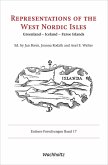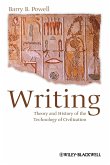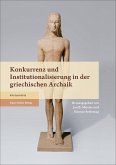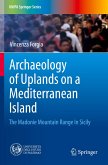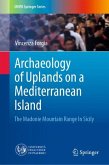The island of Cebu, located in Central Philippines, appeared in Western documents basically due to two events in world history. First, when Ferdinand Magellan's fleet returned to Seville in 1522 after circumnavigating the world. Cebu arose for the second time in history due to the discovery of the return route through the Pacific 44 years after Magellan. Apart from these events in maritime history, Cebu played a significant role in interisland trading during the pre-Hispanic period. The Spanish chroniclers saw a very vibrant center of trade. The goods traded by the Chinese include porcelain, gold, slaves and food supplies. It can be inferred that through Chinese traders the local pandays (blacksmiths) got hold of iron that they used for different kinds of tools. In the archaeological sites uncovered in the historic district of Cebu, much material has been found that needs further study and interpretation. This book investigates, as an example, found pieces of a blacksmith's shop.




